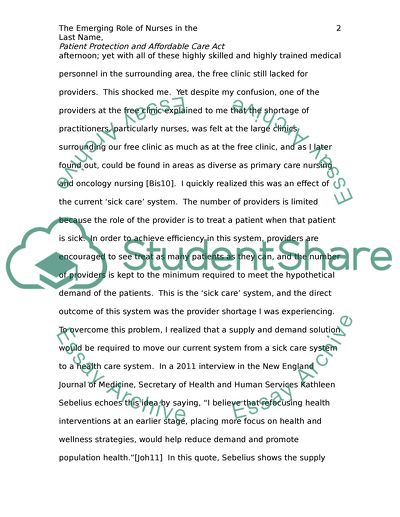Cite this document
(“The Emerging Role of Nurses in the Patient Protection and Affordable Research Paper”, n.d.)
Retrieved from https://studentshare.org/nursing/1426170-emerging-roles-of-the-nurse-in-proposed-health
Retrieved from https://studentshare.org/nursing/1426170-emerging-roles-of-the-nurse-in-proposed-health
(The Emerging Role of Nurses in the Patient Protection and Affordable Research Paper)
https://studentshare.org/nursing/1426170-emerging-roles-of-the-nurse-in-proposed-health.
https://studentshare.org/nursing/1426170-emerging-roles-of-the-nurse-in-proposed-health.
“The Emerging Role of Nurses in the Patient Protection and Affordable Research Paper”, n.d. https://studentshare.org/nursing/1426170-emerging-roles-of-the-nurse-in-proposed-health.


